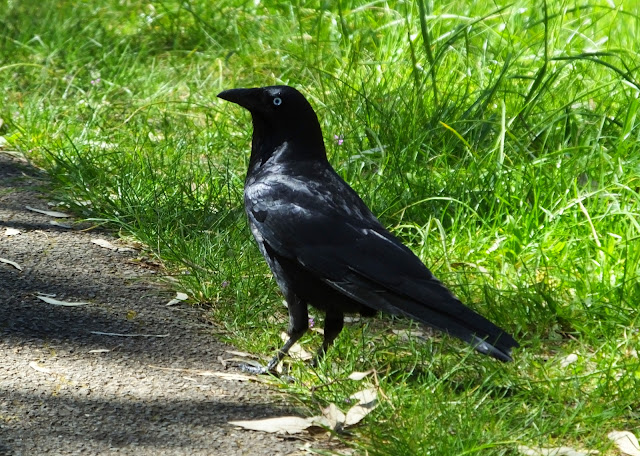We own a lot of books. Some are read repeatedly, others are shelf-sitters, dust-gatherers ... “dust-bunnies,” if you will ... and some deserve to have been on the shelf for decades, without the cover being lifted! Brace yourself for a book review. Here we go:
In every way, Pindharee by Joel Richards (Tor, 1986) is an example of how not to write a novel. The only area in which it succeeds is in the basic story idea, or “plot driver.” The project begins with a marvelous idea; its failure is in the execution of the idea.
In the most basic terms, Pindharee is a massive concept, not deserving but requiring at least a normal-length, full novel to develop it properly. An absolute minimum of ~100k words would have been appropriate, and if the author were predisposed, he could have generated a “thick” and quite possibly come up with a novel long remembered as that rarest of beasts, an utterly original idea in a genre where concepts have been re-re-recycled for close to a century.
Instead, Joel Richards hammered his vast (potential) plot into what I’ll term “the world’s longest short story;” and one can only wonder why this was packaged as a paperback novel ... or published at all, since it’s such a monumentally unsatisfying read, suffering from so many maladies, it was doomed to one- or two-star reviews as the crated copies exited the warehouse on trucks bound for the bricks-and-mortal bookstores. No ebook here: trees gave their lives for this.
The only way to shoehorn an epic story into a narrative around 50k words is to abbreviate everything from sentence structure on up. Between Pindharee’s covers, critical scenes are raced through in lightning shorthand; character development is little or absent; world building is under-cooked; enormous new concepts are routinely tossed into the mix with inadequate introduction and insufficient development. At the level of sentence construction, the paring-down of the language sometimes impairs the actual meaning: readers can interpret a statement two or three ways, which constitutes bad writing. The finale is merely a jumble of tossed-together ideas, jotted down the way a writer makes notes for scenes he intends to build; Richards never wrote those scenes.
Short story narrative must often be brief to the point of brusqueness: when a manuscript is cut to meet editors’ requirements, the first thing consigned to the wall is the artistry of language. Mr. Richards began the abbreviational process on page one. By p216, writing that was choppy throughout became almost unreadable, sometimes unintelligible, with paragraphs reduced to bundles of sketchy ideas and sentence fragments. To worsen matters, the writing is often sloppy: repeated words, lazy sentence structure with far too many "thats" and, as the real kicker, pages devoted to judo, which makes little sense to anyone outside the sport.
The astonishment is, Tor actually published Pindharee in this form. At the same time as jacketing such poor material, they rejected newcomers with better-done books. Joel Richards is a pen name of Joel Richard Fruchtman (http://www.sf-encyclopedia.com/entry/richards_joel), who is credited with several short stories. Pindharee is his sole novel, and I wonder if it was published as a favor to a “pal in the business” … which publishers frequently do, though they’ll categorically deny it.
Though the idea is massive, the plotting is skimpy in the extreme. Key concepts are sometimes scant hints, even remarks dropped in dialog, from which one puzzles together a meager backstory:
In an era of galactic expansionism, humans are hell-bent on colonizing any appropriate world. Advancement in Earth’s political arena hinges on individual success in a military dedicated to exploration -- officers murder to win credit for discoveries and alien contact operations. The Fairbairn charts Lydia, where a perfect, dreamlike city seems abandoned, its people vanished, rendering this garden world prime real estate. In fact, the human-doppleganger population has evolved through science, to psi tech. They dance rings around the intruders in their determination not to be colonized, and their powers will reach back to Earth to ensure their liberty.
But yes, the ideas driving the story are immense. I’ll give Pindharee two stars (out of five) because I remain impressed by the concepts though I finished the novel growling. Also, I actually finished it, whereas I could mention A Quiet of Stone by Stephen Leigh. I've never been able to get more than 25pp through, in 30 years, because (at least to me) it's so bloody boring.
Pindharee would benefit from speed reading, where ideas leap out but no one stops to enjoy the language and denouement. If you want a good read, leave this on the shelf -- it’s one of a very few novels I’ve actually disliked, in five decades of serious reading. However, if you teach a creative writing course and want to demonstrate how not to craft a novel ... grab Pindharee. Believe it or not, you can actually still get a copy on Amazon.


















































